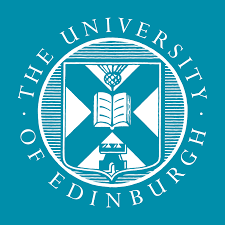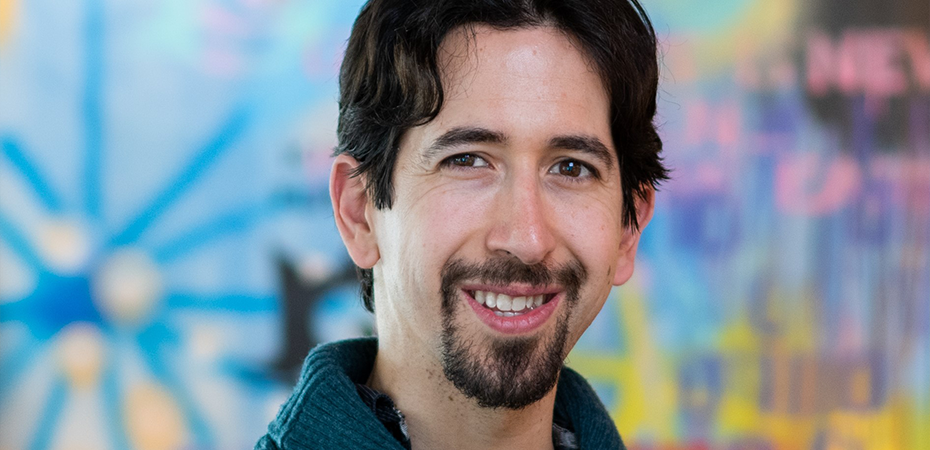From biophysics to astrophysics and now science fiction, Juan Venegas’s journey has taken him from completing his PhD at the University of Edinburgh in 2013 to the world of published novels. Here, he shares his story and insights.
Finding My Place in Edinburgh
After five years of studying physics in Spain, I was itching to dive into research. Biophysics was an exciting field at the time, and I couldn’t wait to apply my physics skills to genetic systems. It wasn’t an easy journey, but it was an incredibly rewarding one.
During my Ph.D., my weeks were packed—not just with research and teaching but also with tango dancing, playing football with the physics team, and making films with the Edinburgh Filmmaking Society. If that’s not the best university life, I don’t know what is.
Some of my best memories include performing at the Pleasance dance show and playing quidditch with the Harry Potter Society. And yes, quidditch is way more fun and way less nerdy than you’d think—try it if you get the chance!
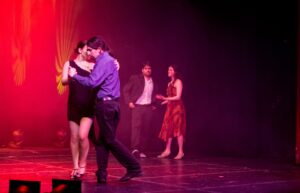
From Research to Writing
You know those heist movies where the main character says, “This is my last job, Jimmy, then I’m out”? That’s exactly how I felt finishing my PhD. I thought I wanted a break from research, but when a postdoc opportunity in astrophysics came up, I couldn’t resist. That same year, I worked on a documentary about butterflies and kept studying screenwriting.
For years, I balanced science and storytelling. Eventually, I had an idea that was perfect for a novel. That was the moment my career as a sci-fi author truly began.
The Shift from Science to Sci-Fi
Like many, I grew up believing that being a writer meant going all-in – either becoming a superstar or struggling in obscurity. But I found another way.
I didn’t quit science outright. Instead, I started writing slowly, first short films, then short stories. I built up my writing time, testing if I could handle writing full-time without losing my mind (or at least, only losing it a little). Over time, I moved between science and fiction, making the most of both worlds.
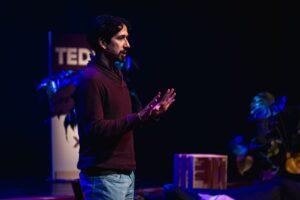
How Science Shapes My Writing
One of the best things about my physics background is that I can pull scientific concepts straight from the source. My years of research taught me what’s possible—and more importantly, what’s interesting.
It’s not just about the concepts, though. Science trains you to experiment, analyze, and refine—a mindset that’s invaluable in writing. Just like in research, sometimes the most interesting stories come from unexpected discoveries.
Life as a Sci-Fi Author
Exploring the Future Through Fiction
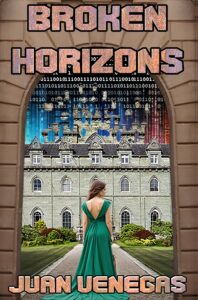
My latest book, Broken Horizons, is a collection of short sci-fi stories exploring AI, time travel, and even reverse pandemics—where people must stay within six feet of each other to survive. I love writing about how technology affects human relationships and daily life. My stories are intimate and character-driven, revealing the sci-fi elements through personal interactions.
My first novel, Segunda Juventud (Second Youth, available only in Spanish), tells the story of a 29-year-old man who wakes up as a 9-year-old and realizes he has only dreamt the last 20 years of his life. All the people he met in the dream no longer exist. Moreover, since it was all a dream, everything he learnt about life, love, or social interactions is also a lie. The book explores what it means to stay true to yourself in a world that feels completely different.
The Road to Publication
Harry Potter was rejected 12 times. My first novel? 24 times. So, logically, I like to think it’s twice as good!
What turned things around was a book trailer I made in 2021—not just a slideshow with music, but a full cinematic-style trailer. I needed child actors, so I recruited my nieces and my childhood neighbor’s sons. It quickly hit 10,000 views and caught the attention of publishers. From there, it was just about choosing the right one.
Publishing my book was surreal. Between marketing, book presentations, and promotions, I barely had time to process it. But looking back, I’m happy and relieved—it’s an incredible feeling to know my book is out in the world.
The Science of Storytelling
Writing is about balancing creativity and structure. When brainstorming, I let ideas flow freely. When plotting, I question everything. Trying to do both at the same time? A recipe for disaster.
I map out my stories with sticky notes—my Edinburgh bedroom once had 180 of them. A friend walked in and said, “Juan, how can you live a normal life when you have so many tasks to do?” Once I can see the whole story, I write with complete creative freedom, knowing where it’s headed. Then, I switch back to analytical mode for editing.
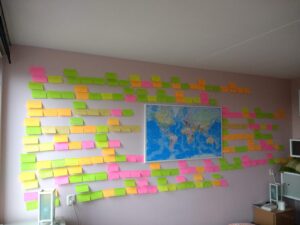
The Highs and Lows of Being an Author
The best part of being an author? Holding my finished book and knowing people are reading it. No one can take that away.
The hardest part? Rejection. It took me a long time to realize that rejections aren’t just setbacks—they’re proof that I’m trying, that I’m in the game. If you can celebrate your failures and keep going, the process becomes far more rewarding.
Edinburgh: A City of Inspiration
The Magic of Edinburgh
The weather in Edinburgh might be rough, but the warmth of its people makes up for it. The student community at Teviot, the library, and beyond creates deep connections. The city itself, with its gothic beauty and natural landscapes, is a storyteller’s dream.
Several stories in Broken Horizons take place in Edinburgh, and I’m currently writing The Infinite Walk, a novel about Argentine tango in the city. It’s all about the way people form connections despite the wind and rain.
Filming in Edinburgh
I recently returned to Edinburgh to film the book trailer for The Infinite Walk, and I couldn’t have done it without the University of Edinburgh Tango Society. The novel explores how young people challenge tango’s old traditions while shaping their own identities. Edinburgh, where I first learned to dance, was the perfect setting.
My Favorite Edinburgh Spots
Bristo Square stole my heart the moment I saw it. Rainy and empty or bustling during the Fringe, it’s always full of energy and memories. And Teviot? Easily my favorite building in the world. Where else can you have a football match on in the Sports Bar, a swing concert in the Mezzanine, and a ceilidh in the Debating Hall—all at the same time?
Arthur’s Seat is another classic. Having such a wild, open space right by the city center is an incredible gift. It’s the perfect place to think, dream, and, of course, plot new stories.
Final Thoughts
My journey from physics to fiction wasn’t a straight line, but that’s what made it interesting. Edinburgh played a huge role in shaping my path, and I’ll always be grateful for the experiences I had here. Whether you’re pursuing science, writing, or something in between, my advice is this: stay curious, embrace rejection, and never stop telling your story.
Links to Juan’s work
The Infinite Walk Book Trailer
Main photo credit: Xebia
All opinions expressed are those of the individuals being quoted and do not necessarily reflect those of the University of Edinburgh.
The University of Edinburgh is not responsible for content held on third party websites.
